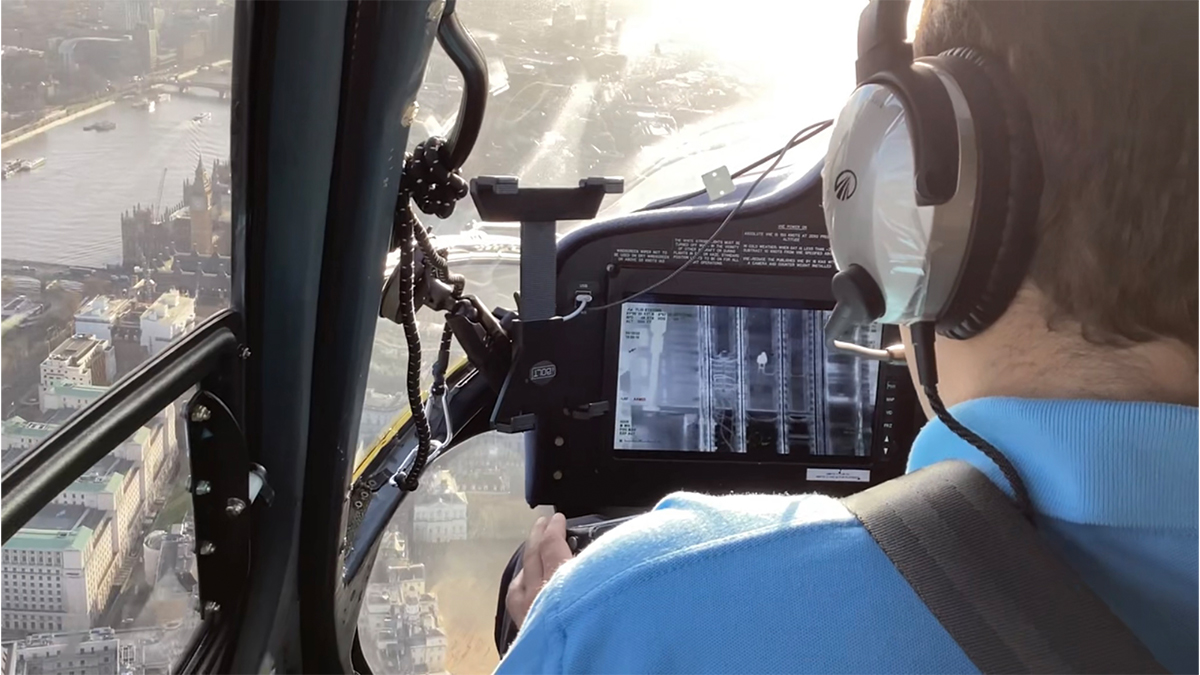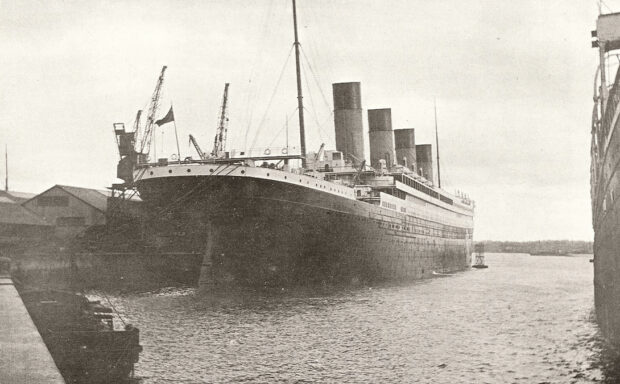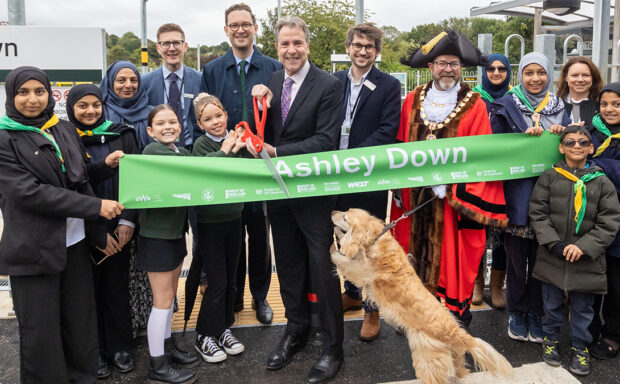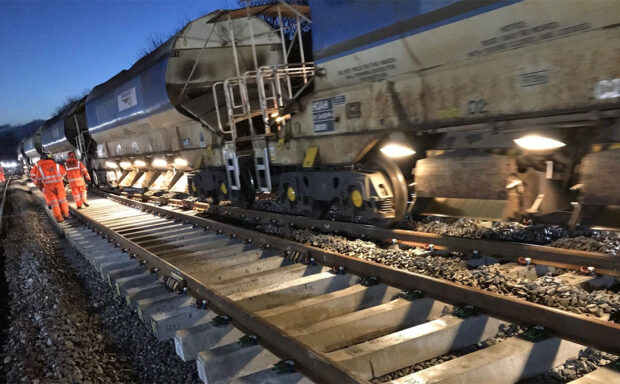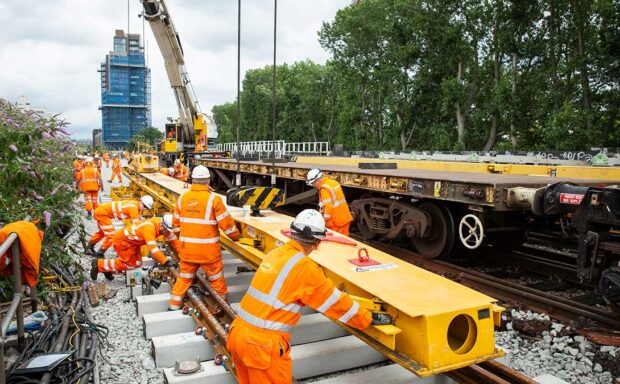Meet Oliver, a member of our Air Operations team and an aerial survey specialist. Our Air Ops team are our ‘eyes in the sky’ and Oliver’s role is vital in helping keep our railway safe and your trains moving …
Can you describe your job and what a typical day looks like?
Our Air Ops team is responsible for carrying out a wide range of aerial surveys – that’s surveys in the sky – to assist our colleagues on the ground with running the railway. We’re involved in many different projects – usually with the help of a helicopter.
So, there’s no such thing as a typical day – every day is different, and we have the best office on the railway up in the air.
How does your role help keep the railway running?
Our speed and versatility mean we can cover vast distances with relative ease, supplying details of any issues we spot along with images to our colleagues on the ground quickly.
For example, one of our core tasks is using thermal imagery to look for electrical faults on the overhead line equipment and the third rail. We report them to the ground staff to repair – often before they fail and affect your journeys.
We also take route surveys after extreme weather. We report any problems we find with the infrastructure, such as fallen trees, for our colleagues to fix. This helps keep the railway safe and trains moving wherever possible.
How did you find yourself in this job?
I’ve always had an interest in anything to do with flying and trains. I studied geography at university and then spent eight years doing aerial surveys somewhere else before joining Network Rail. So, it felt like a natural fit.
What are the key skills needed for your role?
Attention to detail is extremely important, so you can identify problems on the infrastructure. Teamwork is also essential as I work closely within a small team of survey specialists and pilots, plus I’m constantly liaising with different departments across the company.
What’s the best part of your job?
It has to be the flying – not many people work from a helicopter as a core part of their job. Our tasks are always interesting, and the views are amazing.
What’s been your favourite day at work so far?
It has to be route proving – or monitoring the line – for Flying Scotsman on a visit to Wales. We were mostly checking for overcrowding and trespassers along the route, but we managed to get some great photos, too.
What’s the most challenging part of your job?
Dealing with extreme weather. Low cloud and poor visibility are our nemesis and can postpone our work at times. We usually have to wait for the weather to settle before we can go our again.
What exciting innovations are happening in your field?
We’re hoping to bring a new camera system online shortly, which combines high-resolution photography with LiDAR. LiDAR is a type of a laser scanner we use to survey our routes. The new camera system will help us create 3D models of our infrastructure, for even better surveillance.
I also think drones will be at the forefront in the future as technology improves – it seems like a natural progression.
Where do you see yourself in five years?
I hope that I’ll still be somewhere in the railway industry. So much is changing in terms of technology that I wouldn’t want to hazard a guess exactly where I’ll be.
What advice would you give to anyone looking for a similar role?
Try not to get air sick, and don’t have a fear of heights. You need to enjoy flying, plus any experience using camera systems is a bonus.
